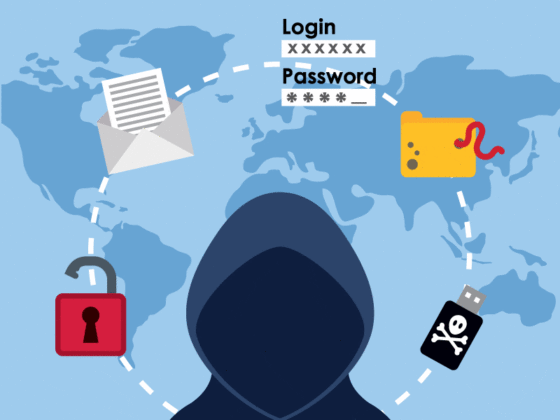The Internet has created countless opportunities that didn’t even exist in our imaginations 20 years ago, but not all these advances are good ones. Identity theft has thrived on the Internet; with predators lurking everywhere looking to steal someone else’s personal and financial information and uses it to create havoc.
And identity theft statistics indicate this problem is already common and getting more widespread: According to the Federal Trade Commission, over the last five years, one in eight Americans have been victimized in some way by identity theft.
The Internet, obviously, is going nowhere and will only become a bigger part of our lives. So how do you protect against identity theft? Read these facts on identity theft to get a better idea of how to avoid falling prey to these criminals:
—Unsecure web browsers are the biggest culprit in identity theft (well, other than the actual thieves). This is the most foreboding of all the facts on identity theft, because if your web browser isn’t secure, then it’s not a matter of if you will be the victim of identity theft but when. The good news is there are plenty of programs available that will not protect your web browser by, among other things, blocking pop-up ads and spyware—both of which are common methods by which hackers can enter your computer and steal valuable information.
—Shopping at unsecure websites: This is another of the facts on identity theft that are often overlooked by overeager shoppers. No matter how good a deal you’ve found, no product is worth the hassle and headaches created by identity theft. Make sure the sites at which you shop are secured and protected. Information about the security level of a website can usually be found at the bottom of the page. If you’re not satisfied with what you see, then don’t make the purchase. Also, when possible, pay for products purchased online with PayPal, which offers unmatched protection to people who use the service.
—No matter how secure it is, make sure to clean your web browser on a regular basis. Good browser security software will take care of this as well, but when you’re trying to avoid becoming the latest in identity theft statistics, you can never be too safe. Delete items such as internet history, internet cache, temporary internet files and browser tracking cookies, all of which can house valuable financial and personal information.
—Don’t ignore the “old-fashioned” ways to preserve and protect your identity. Facts on identity theft still include those victimized by such methods as dumpster diving and pick pocketing. ALWAYS shred documents before throwing them out. While the obvious candidates for shredding are old bank and investment statements, it’s also advisable to shred junk mail because thieves can use current addresses to make out change of address forms and get your mail sent to a different location. And always make sure to protect your belongings such as wallets (by placing them in a front pocket) and pocketbooks (by hanging on to them as they are slung over your shoulder).
The facts on identity theft are frightening, but with the proper precautions you can avoid becoming a victim and the latest bit of data on identity theft statistics. Protect yourself today!






